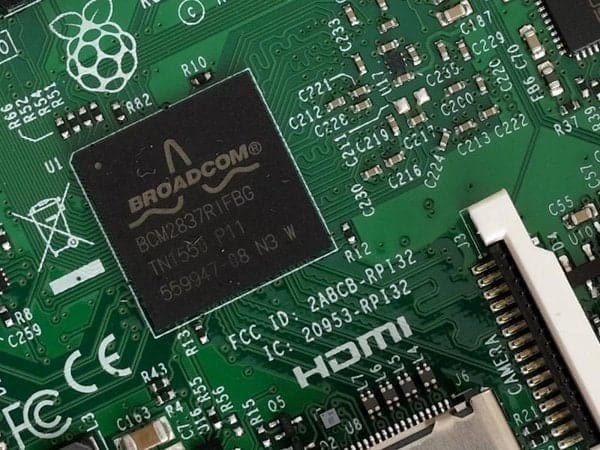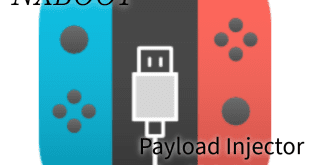Today marks the Raspberry pi 4th birthday and what better way to celebrate it with a release of new Pi. This new Pi3 will include wifi, Bluetooth, and with another big difference, it’s 64-bit ARM Cortex A53 clocked at 1.2 GHz, also it’s still priced at $35 dollars.
The new Pi is fast
On the surface, the new board looks almost exactly the same as its predecessor. But while it keeps the same $35 price tag, a lot has changed under the surface. Dropping the ARM v7 architecture of the Raspberry Pi 2, this is the first 64-bit Raspberry Pi, with a quad-core 64-bit ARM Cortex A53 clocked at 1.2GHz.
| Board | Dhrystone (MIPS) | Whetstone (MWIPS) | Sysbench CPU (sec) | |
|---|---|---|---|---|
| Model B+ | 847.11 | 232.558 | 510.81 | |
| Model A+ | 863.17 | 236.858 | 502.42 | |
| Zero | 1237.29 | 340.498 | 349.43 | |
| Pi 2 | Single-threaded | 1671.58 | 437.212 | 293.08 |
| Multi-threaded | 76.28 | |||
| Pi 3 | Single-threaded | 2458.1 | 711.363 | 182.225 |
| Multi-threaded | 49.02 | |||
| Benchmarking results for the Raspberry Pi boards. Credit: The MagPi Magazine. | ||||
That makes the new BCM2837 more than 50% faster than the Raspberry Pi 2, and almost ten times faster than the original Model B. Although that performance does come at a cost, the new Raspberry Pi 3 draws half-again more power than the old Raspberry Pi 2.
| Model B+ | Model A+ | Zero | Pi 2 | Pi 3 | |
|---|---|---|---|---|---|
| Idle (Amps) | 0.25 | 0.11 | 0.1 | 0.26 | 0.31 |
| Loaded (Amps) | 0.31 | 0.17 | 0.25 | 0.42 | 0.58 |
| Power draw results for the Raspberry Pi boards. Credit: The MagPi Magazine. | |||||
However the Raspberry Pi 3 seems to have crossed a performance threshold. Despite not increasing the 1GB of on-board RAM provided by the Raspberry Pi 2, the new board seems to have become “good enough” to replace a desktop PC for most people, most of the time.
The BCM2837 powering the new board is a direct evolution from the BCM2836 used for the Raspberry Pi 2, and the BCM2835 used on the original board and the Raspberry Pi Zero.
So what does this mean for many of us that use a Raspberry Pi’s for an emulation station? In my opinion, I think this will be that little extra push we needed for PSP, Dreamcast, and N64 games to play even better than the Pi2. The Pi2 surprised me with that extra boost of processing power and most of the high-end emulators could run the games with a few hiccups like sound problems. Some games just need a little extra power and with the new Pi3, I think we will get that extra little push we needed.
 Hackinformer Your device needs to transform, we are here to inform
Hackinformer Your device needs to transform, we are here to inform






I wonder if this could mark any ARM takeover in the PC market? Who makes up the PC market the most? Business people, devs, gamers, or is there not enough reliable info to determine that?